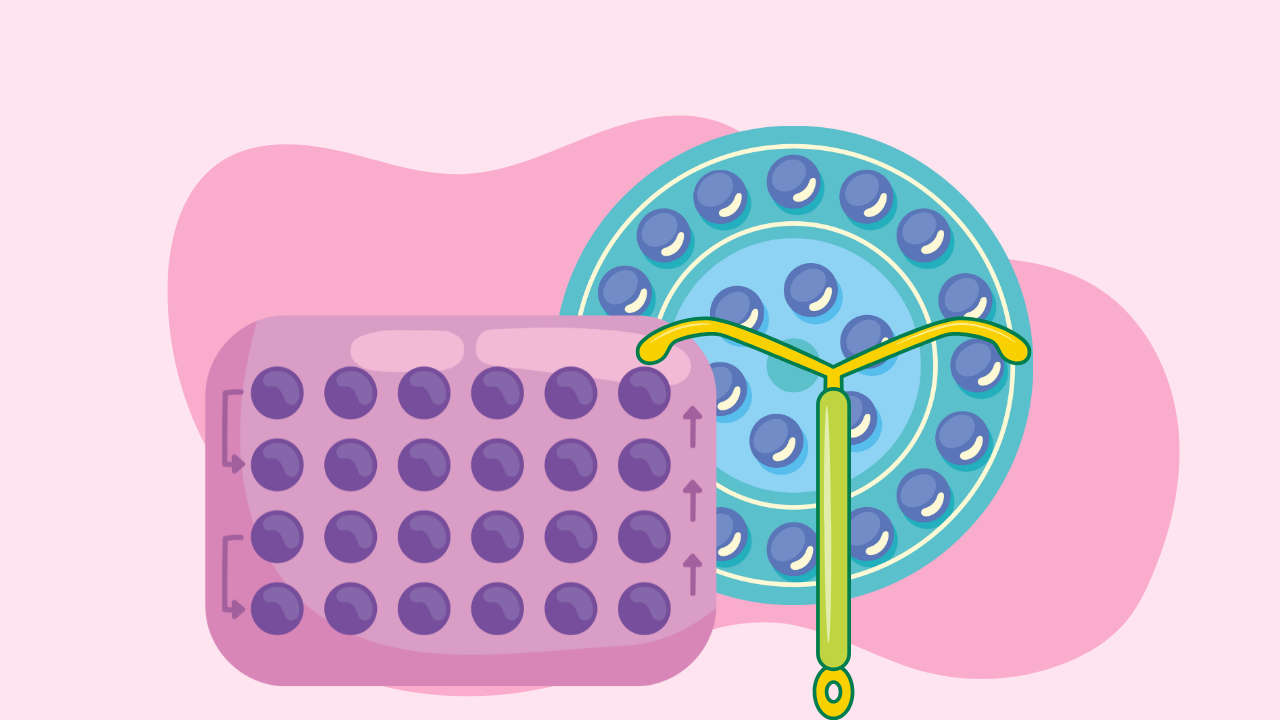Birth Control Study Offers Most Detailed Risk Breakdown

Hormonal contraceptives have long been praised for their protective benefits, most notably against ovarian cancer. According to Technology Networks, they are the single most important safeguard against a disease that, while less common than breast cancer, has a far higher mortality rate.
But the picture isn’t as clear when it comes to breast cancer.
Most past studies have lumped hormonal birth control into one broad category, typically focused on combined oral contraceptives that contain both estrogen and progestin. Meanwhile, progestin-only options have gained popularity, and their risks have remained largely underexamined, until now.
A new study, the largest of its kind, set out to determine whether different contraceptive types carry different breast cancer risks. Researchers pulled prescription and cancer registry data from over 2 million Swedish women aged 13–49 between 2006 and 2019. After filtering out anyone with previous gynecological cancers or fertility treatments, they had a data pool of more than 21 million person-years to work with.
Key Findings:
- Using any hormonal contraceptive was associated with a 24% relative increase in breast cancer risk. That translates to approximately one extra case per 7,800 users each year.
- Progestin-only methods showed a higher relative risk than estrogen-progestin combinations.
- The type of progestin mattered more than how it was taken—pills, implants and intrauterine devices with the same active ingredient had similar risk levels.
- Desogestrel (or its metabolite etonogestrel) was linked to the highest risk: nearly 50% higher after 5–10 years of use.
- Products with drospirenone (combined with estrogen) and medroxyprogesterone injections showed no statistically significant increase.
- Lower-estrogen formulations were associated with slightly higher risk, hinting that estrogen may modulate progestin’s carcinogenic effects.
According to Technology Networks, Johansson, the study’s lead author, explained that these risk differences likely stem from the structural diversity of synthetic progestins. Their varying resemblance to natural progesterone or testosterone alters how they behave in the body, including how they interact with breast tissue.
Context Still Matters
The absolute increase in risk remains small. Most experts agree that for many women, the benefits of hormonal contraception still outweigh the risks, especially when considering protection against ovarian and endometrial cancers, as well as non-cancer-related benefits like acne control and menstrual regulation.
According to Technology Networks, Johansson emphasized that the study doesn’t suggest hormonal contraceptives are “more dangerous” than previously thought. Instead, it shows that some are safer than others, and duration of use plays a role. Importantly, the increased risk disappears after discontinuation.
She also pointed out that the study may help shape future contraceptive development. If researchers can pinpoint which progestins carry lower risk while maintaining protective effects against other diseases, future contraceptives could be both safer and more effective.
So no, this study isn’t a reason to panic. But it’s a good reason to ask better questions and to make room for nuance in how we talk about birth control.






